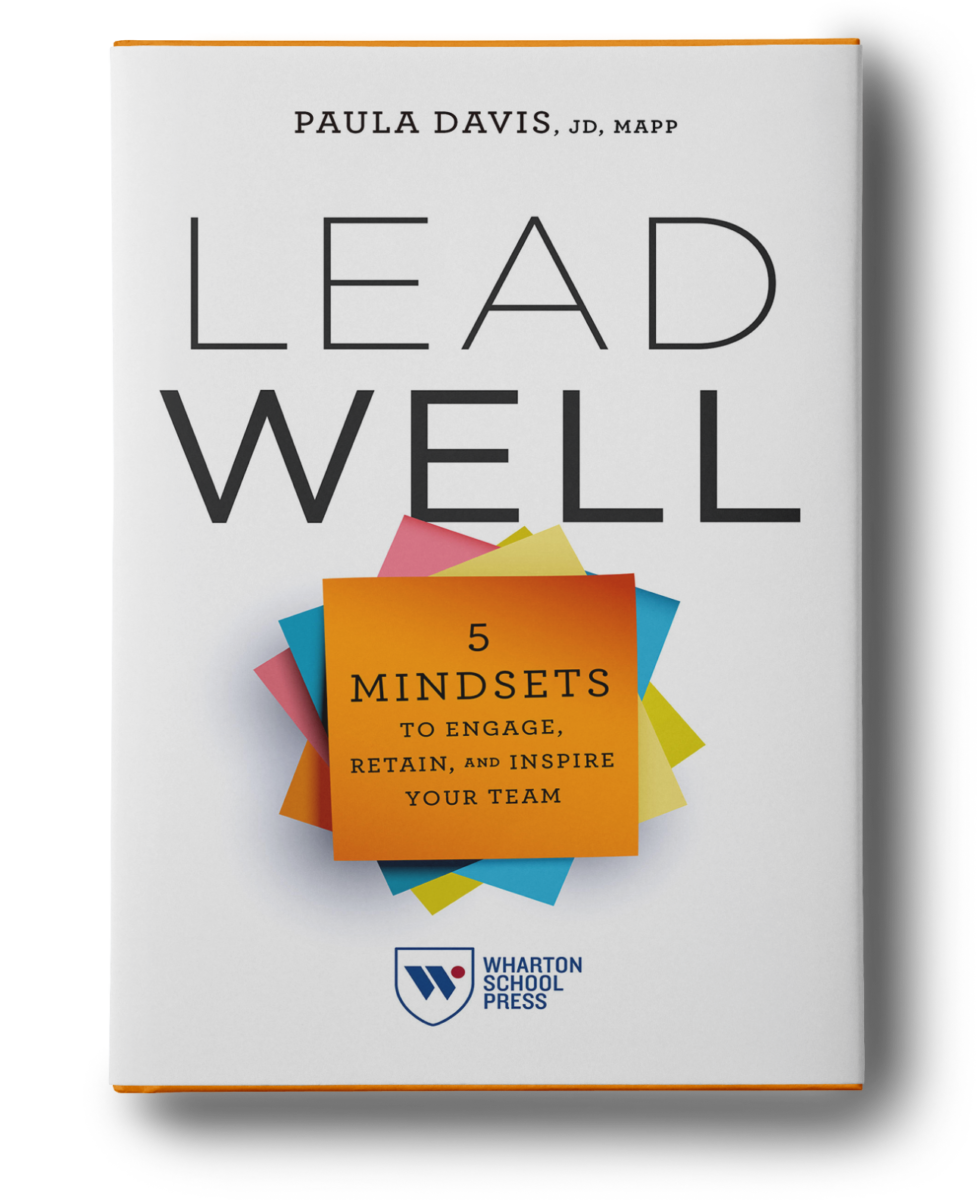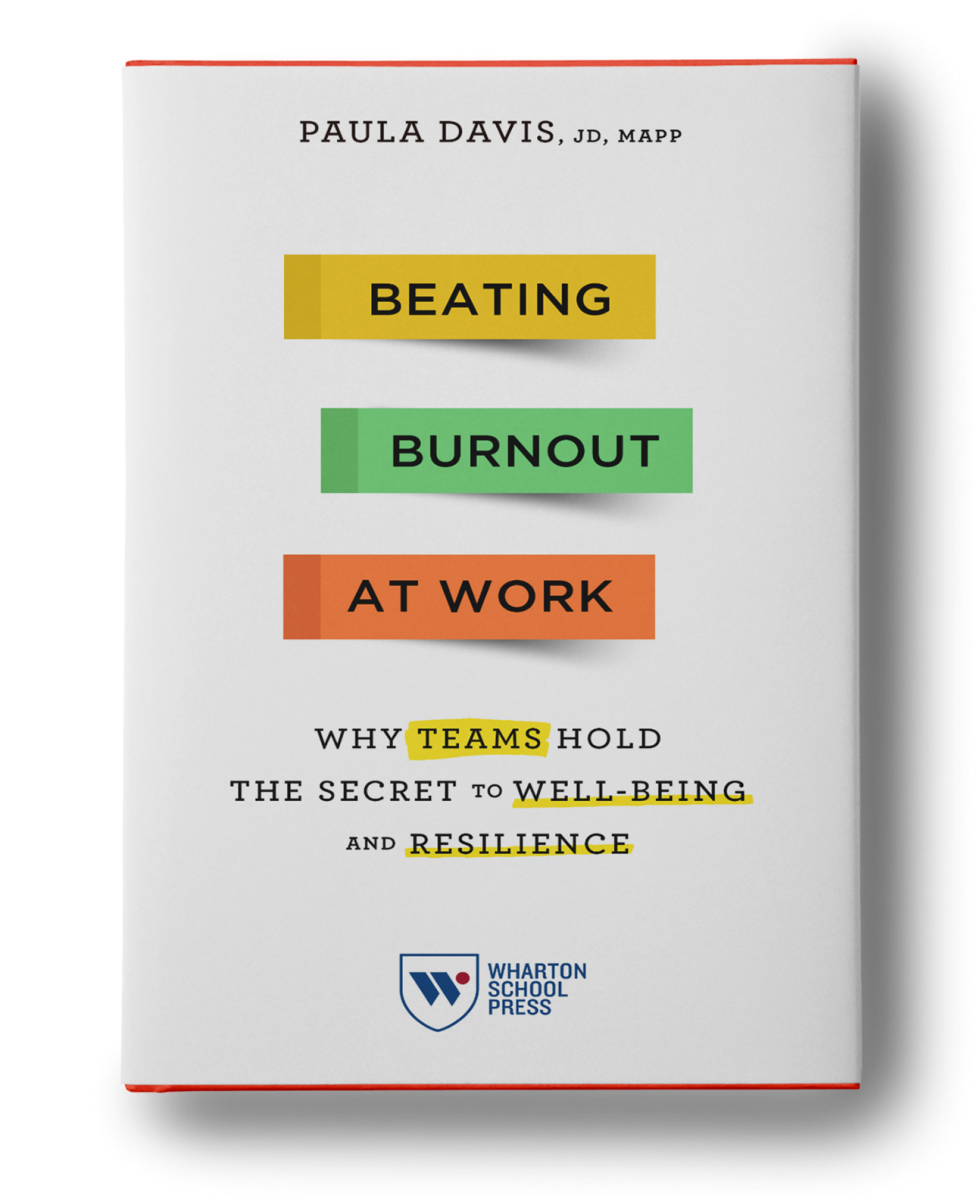I burned out during what became the last year of my law practice. I have been studying burnout for more than 10 years, and I have spent many of those years talking to lawyers and legal professionals about the topic in one-to-one coaching sessions, training and workshops, interviews, and through my own research. Burnout was a problem prior to the pandemic, but COVID-19 has renewed interest in the topic. My hope with this article is to explain what burnout is and what causes it so that it can be addressed in a meaningful and intentional way.
Burnout Basics
Burnout is the experience of chronic exhaustion, chronic cynicism, and inefficacy, which is a sense of lost impact. Burnout is not an interchangeable word with general stress, but is often times used that way by people to describe a whole range of stressors. Stress exists on a continuum, with thriving on one side and burnout on the other, but there are lots of other stress-related experiences and emotions in the middle, like frustration, overwhelm, ineffectiveness, tired, overextended, and languishing (a sense of stagnation and just muddling through). It’s important to use the right term to describe what you’re feeling so that burnout doesn’t become the go-to catch all and get misapplied.
These are other burnout basics to consider:
- Burnout needs to be measured and talked about accurately. In burnout measurement conversations, it was commonly thought that burnout meant having a high exhaustion score and either a high cynicism score or low personal efficacy score, as measured by the Maslach Burnout Inventory (“MBI”). While there are several empirically validated measures of burnout, the MBI and its various forms is the only one that measures all three dimensions of burnout. The researchers who developed the MBI recently released new guidance to inform practitioners how to think about the various profiles that can result from MBI scores.
- Burnout is a workplace issue. Burnout is the manifestation of chronic workplace stress, and the World Health Organization’s updated definition of the term makes clear that, “burnout refers specifically to phenomena in the occupational context and should not be applied to describe experiences in other areas of life.” Burnout is an individual expression of a workplace culture/systemic issue, and it should not be labeled as a personal illness or defined in medical terms.
- Burnout is complex. People over-simplify burnout when they only focus on one of the big dimensions of it – exhaustion – and prescribe self-help remedies like sleeping more, time management techniques, or exercising as quick fixes.
What Is Known about Burnout in Law?
The medical profession far outpaces the legal profession in quantifying and further studying rates of burnout. While the latest research now indicates that more than 50% of physicians have one or more symptoms of burnout, I have only been able to identify a handful of studies addressing burnout in the legal profession and one law journal article. For example, one study found that almost 40% of public defenders in Wisconsin meet the criteria for burnout, and the other, more than 30 years old, showing that burned out lawyers are less committed to their organizations and report lower identification with organizational goals.
In an effort to start to bridge this research gap, I have been exploring both rates of burnout and causes of burnout in various legal teams. One hundred and twenty-four lawyers I have worked with have taken either the MBI and/or the Areas of Worklife Survey (AWLS), an empirically validated assessment that evaluates the specific causes of burnout. Here is some of what I have discovered:
- The average burnout rate for certain teams is about 28%; several teams were in the moderate range of both exhaustion and cynicism scores, but one a point or two away from the high category for both. Articles that point to burnout scores of 75% and higher, I suspect, are likely capturing some other version of stress in addition to burnout. It’s rare to see burnout rates that high when empirically validated tools are used.
- Many lawyers report very high professional efficacy scores; meaning, they generally feel like they’re making an impact, that they’re getting things done, and they feel like they’re good at what they do.
- Of the core six causes of burnout listed below, workload is by far the biggest driver of burnout in the teams I have worked with. The workload puzzle is a difficult one to solve, and involves not enough personnel, too many meetings, too few resources, unknown resources not being used, too much email, insufficient ways of teaming and more.
- I have found lack of recognition to also be a key driver, and when I coach lawyers after my workshops, they say things like not hearing thank you enough, not being recognized for extra effort, not having a seat at the table in key meetings, and working at a level that doesn’t match a title promote exhaustion and cynicism.
- I was surprised by the number of “undecided” answers to AWLS questions about recognition and favoritism. You don’t want people on your team to be unsure about statements like whether favoritism determines how decisions are made at work.
- Burnout and engagement can co-occur. I was drawn to a study explaining this interesting intersection while researching my book, and I have since noticed the same finding elsewhere and in my own work. For example, a new attorney workload and hours survey published by Bloomberg Law showed that 29% of respondents said they were currently experiencing burnout while also reporting a satisfaction score of 7 or higher out of 10. It’s not uncommon for the corporate teams I work with to report high rates of burnout while also earning top scores in organizational engagement surveys.
What Can Legal Organizations Do to Prevent Burnout?
In order for legal organizations to reduce burnout, they must address the causes of it (and apply systemic remedies). Burnout is caused by an imbalance between your job demands (aspects of your work that take consistent effort and energy) and job resources (aspects of your work that are motivational and energy giving), and there are six core job demands legal organizations, leaders, and teams need to address in order to decrease the likelihood of burnout:
- Lack of autonomy (having some choice as to how and when you perform the tasks related to your work)
- High workload and work pressure (particularly problematic in combination with too few resources)
- Lack of leader/colleague support (not feeling a sense of belonging at work)
- Unfairness (favoritism; arbitrary decision-making)
- Values disconnect (what you find important about work doesn’t match the environment you’re in)
- Lack of recognition (no feedback; you rarely, if ever, hear thank you)
These are organizational issues that can’t be fixed with yoga, meditation, or wellness apps. In fact, three of these job demands – workload, having low autonomy, and lack of leader/colleague support – are among the top 10 most prominent workplace issues that impact your health and longevity.
While other causes of burnout in the legal profession likely vary, there are key stressors happening at all levels of the profession. At a macro level, the legal profession is becoming more complex, and for many firms and corporate legal departments, growing at an unprecedented rate. At the organizational, team and leader levels, the lawyers who I work with talk about the ways in which low autonomy, lack of mentoring or support, not being thanked for hard work, not knowing what’s expected of them at their different levels of practice (a sentiment I hear from both partners and associates), the “always on” 24/7 pace, general workload unpredictability, loneliness and a whole host of issues related to the pandemic drive stress and burnout. In addition, almost all of my conversations with lawyers include something about culture – their perception about the ways in which culture impedes or supports well-being. Many of these demands can be categorized under the “core six” above.
Shifting the burnout conversation may feel like a big challenge, but in reality, building a positive culture in law starts one team at a time, deploying “TNT’s” – tiny noticeable things – consistently. Importantly, these behaviors need to be modeled and supported by leaders. Here are 10 TNT’s that cost no money, take very little time, and as I have discovered, can build the type of positive cultures needed to prevent burnout (and more directly address the job demands listed above):
- Say thank you more (probably much more) than your current practice
- Offer in-time feedback to peers and direct reports
- Be clear when giving assignments in order to minimize conflicting requests and ambiguity (two known accelerants of burnout)
- Make constructive feedback a learning-focused, two-way conversation
- Keep people informed of changes
- Keep track of and talk about small wins and successes
- Check in on team members and colleagues
- Provide a rationale or explanation for projects, goals, and big-picture vision
- Clarify confusing and missing information related to roles and tasks
- Prioritize “you matter” cues like calling people by name, making eye contact, and giving colleagues your full attention
It’s time to reframe the conversation about burnout, not as an individual issue that can be fixed with quick self-help strategies, but as a systemic issue that everyone is responsible for reducing. Burnout is a big problem, and in order to solve it, we have to start talking about it in the right way, with meaningful strategies that address the core causes. There is something we can all do about it – let’s start now.
Please click here to order my book, Beating Burnout at Work: Why Teams Hold the Secret to Well-Being and Resilience.







